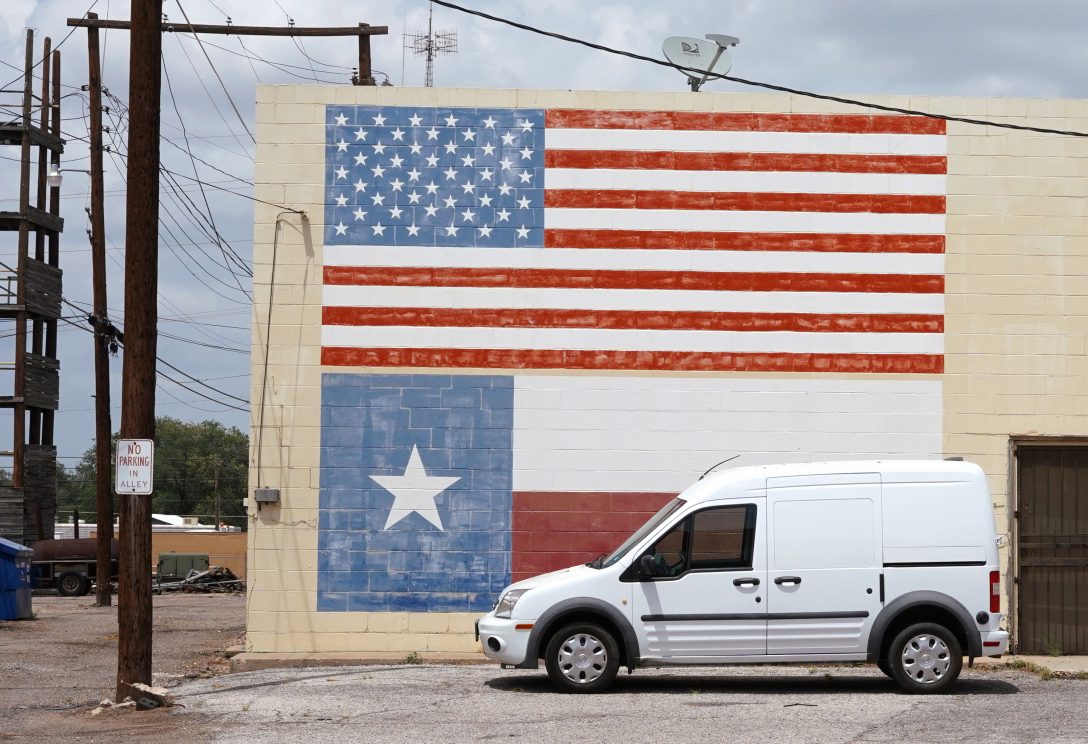After losing Cindy’s Nebraska van, I went back to Craigslist. Also Google Maps. I made a list of all major cities within 1,000 miles of me that I could fly to for less than $100. Then I narrowed that list down to cities that had 1) a rust-averse climate, 2) a reasonably low cost of living, and 3) a population that wasn’t obsessed with converting cargo vans into campers (that eliminated all of my home state, Colorado). Some cities that made my final list: Tulsa, Oklahoma; Wichita, Kansas; Des Moines, Iowa.
And Dallas, Texas. On the Dallas Craigslist page, I immediately found five Connects that rivaled Cindy’s. All had a little over 100,000 miles and cost around $6,000. But the van I really wanted had only 59,000 miles and was listed for $9,000. In Colorado, this same van would go for at least $11,000. The ad had already been up for two weeks, so I figured I could probably talk the seller down to $8,000.
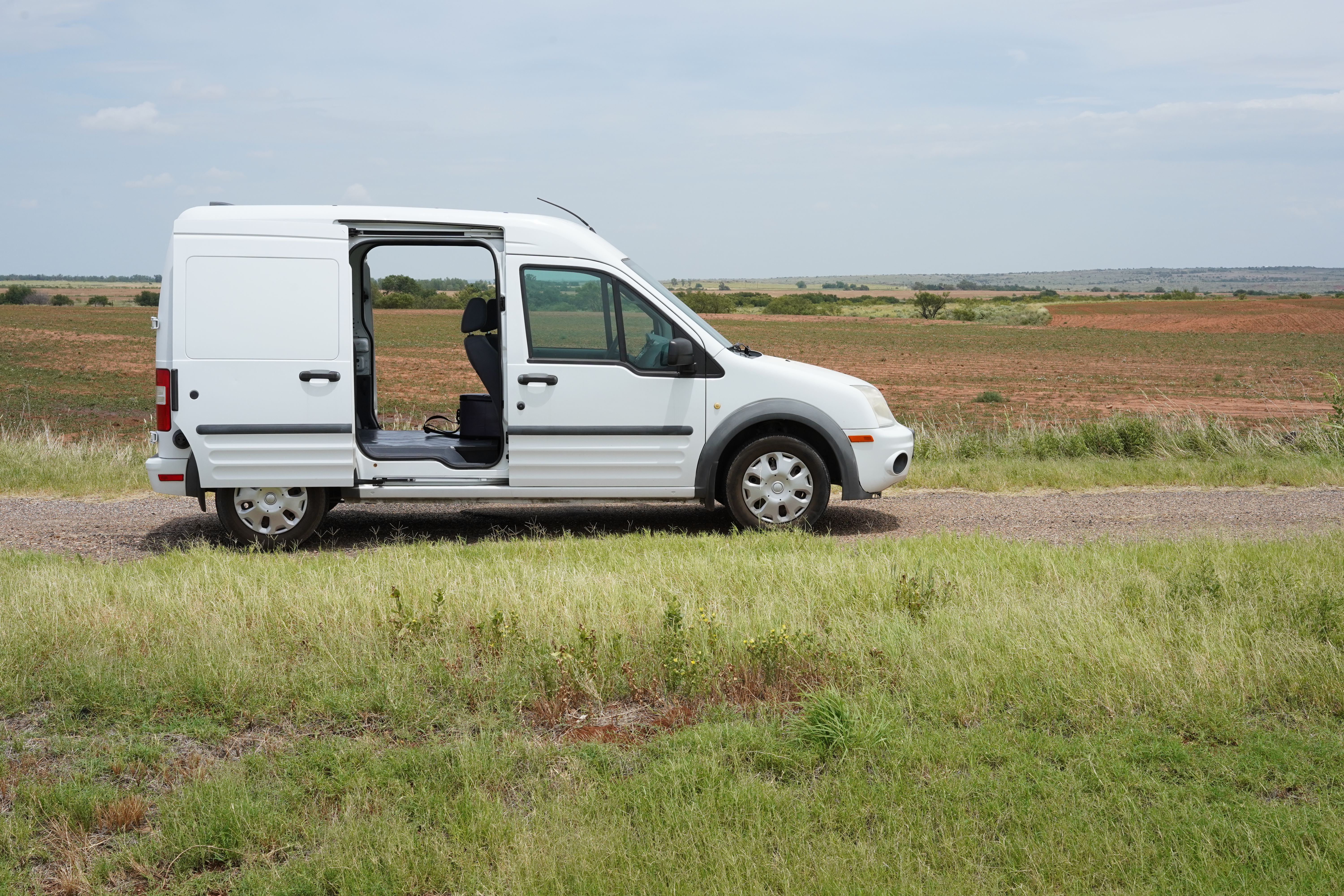
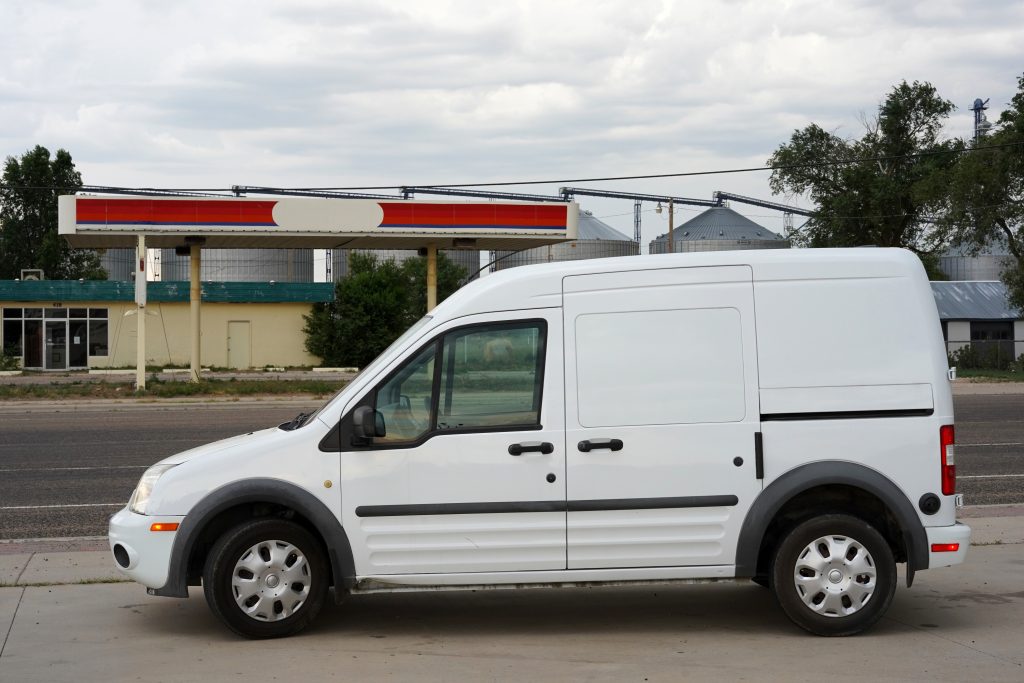
I bought an $88 ticket to Dallas. I’d fly out in three days. I tried not to look at my phone for those three days, and every time I did, I braced myself for a curt text. Sold the van, good luck. But then it was 3am on a Friday, and an airport shuttle was picking me up. By breakfast time, I was in Dallas.
The van wasn’t actually in Dallas but in Denton, which I could reach with either a 3-hour bus-train-bus sequence, or with a 35-minute $35 Lyft. Begrudgingly, I went for the Lyft. As my driver pulled up to the van’s address, I spotted a white, gleaming Transit Connect parked in front of an unassuming warehouse.
I asked the driver to keep driving. Having confirmed the van’s existence, I realized I had to make myself more presentable before meeting the seller. I had crud in my eyes. I’d slept 3 hours that night, and 2 hours the night before that (for non-van related reasons; I was anxious about a story interview). I hadn’t eaten in 18 hours. I was wearing pajamas. The Lyft driver dropped me off at a Denny’s up the street.
The people of Denton can’t get enough of Denny’s. I waited for a table for 20 minutes. My waitress’s hands shook as she poured my coffee. She said the restaurant had been crazy busy for hours, ever since she’d come in at 4:30am. “Seriously, tell me, what kind of person goes to Denny’s at 4:30am on a Friday?” I asked cheerily after a few sips of coffee. The waitress either didn’t hear me or chose to ignore me. As she brought my breakfast, I noticed a certain rigidity to her eyelids that I’ve only ever seen on a human face past hour six of a customer-facing job, when you become convinced that, should you be forced to make eye contact with even one more sloppy over-caffeinated moron, your skull will actually burst, and then your manager will instruct you to clean up the fucking mess.
The skillet breakfast was delicious. In the bathroom, I came very close to hurling it up while changing my clothes. Two of the three toilets were clogged with shit.
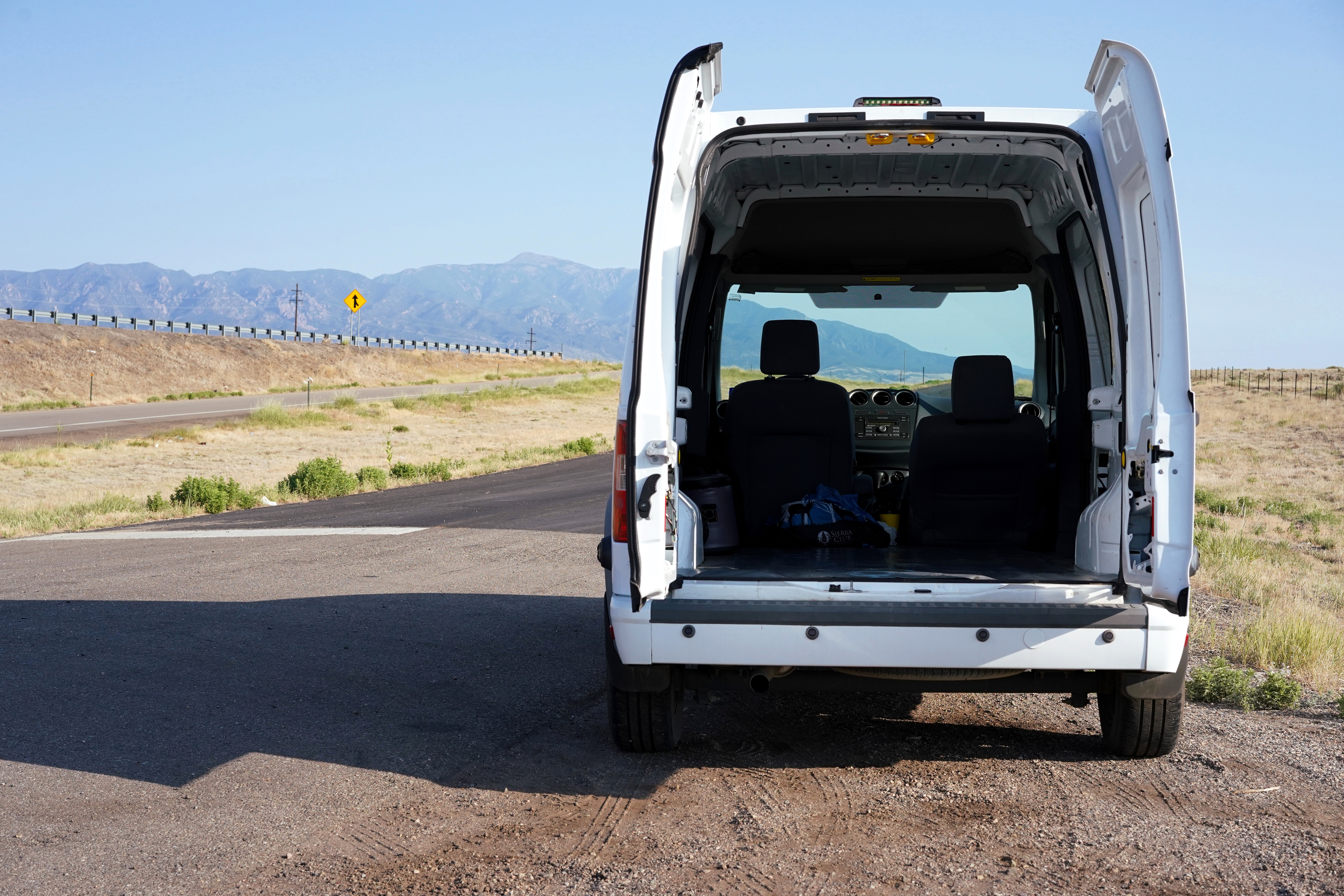
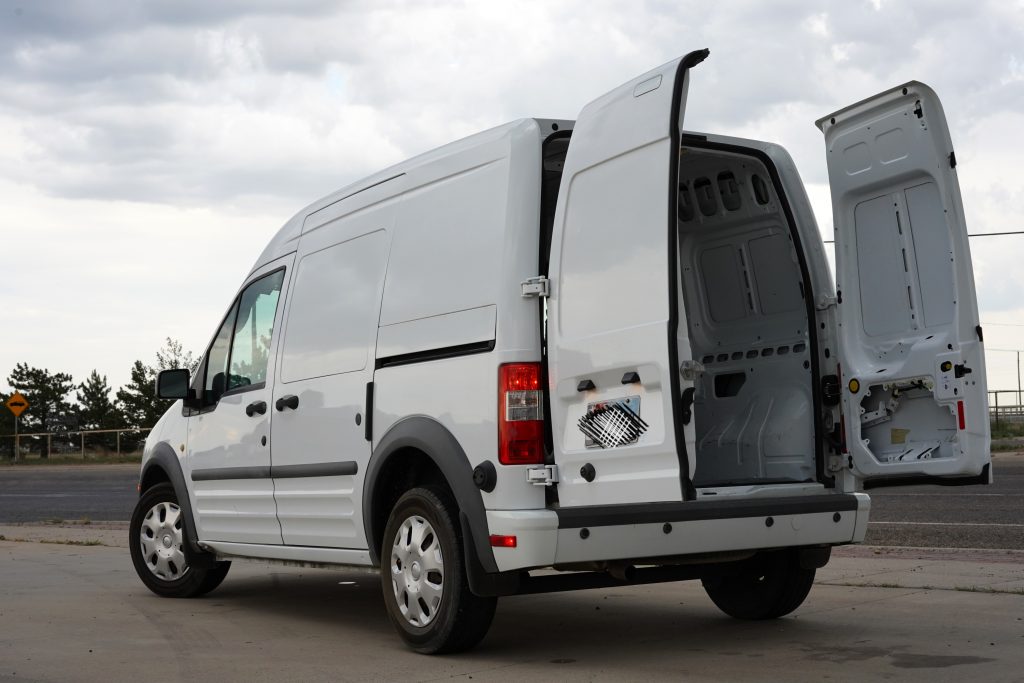
I was ready! I walked back to the van and the warehouse. The lobby of the warehouse was filled with the business’s product, screen-printed T-shirts. The two front-desk employees seemed equally pleased to click-clack away on their keyboards and throw things at each other. In my head, I called them Pam and Jim. Pam introduced me to the company’s owner, who also owned the van. This guy couldn’t pull a fast one on me because his name was tied to his business, which, if need be, could be reviewed on Yelp by one self-righteous lady.
I’ve mentioned this before, but if you’re looking for a used car, watch this Chris Fix YouTube series. Print out his checklist. Come prepared with an OBD2 scanner, a penny, paper towels, and gloves. To get through the whole checklist, you’ll need at least an hour, and a willingness to piss off the seller. I was out with the van so long, one of the seller’s employee’s eventually called my cell. “Ma’am,” he said. “To put it lightly, we’re concerned.” If I were to do it over again, I’d check in with the seller every 20 minutes, or I’d return to his parking lot earlier and try performing most of the inspection there.
The van had a lot going for it. It was the XLT version, which meant it had cargo doors that swung out 270 degrees. Very low mileage for an eight-year-old work van. All fluids looked good. Shifted well. Accelerated as well as these vans can. No rust on the undercarriage. The VIN on the car matched the VIN on the Carfax, which matched the VIN on the title.
The biggest drawback was the roof. It was hail damaged, and it had a bunch of plugged holes that had begun to rust. I decided all of this was fixable. The roof would never be factory-pretty, but I’d be covering it with a fan and solar panels anyway. Another problem was a whistling sound at highway speeds, likely due to a misaligned seal from a recent windshield replacement. I also identified a blown cigarette lighter fuse, a spent windshield wiper, a mismatched tire with low tread, a few dings in the body, and a broken power window. These small problems didn’t affect my buying decision, but, as their costs added up, they did influence my offer.
I decided the car was worth $8,000 to me, though I’d try low-balling at $7,500. I was about to make an offer when I remembered Chris Fix’s advice to always ask the seller what he wants for his car, as the seller’s price point may have changed since you last saw his ad.
My seller said he wanted $6,500.
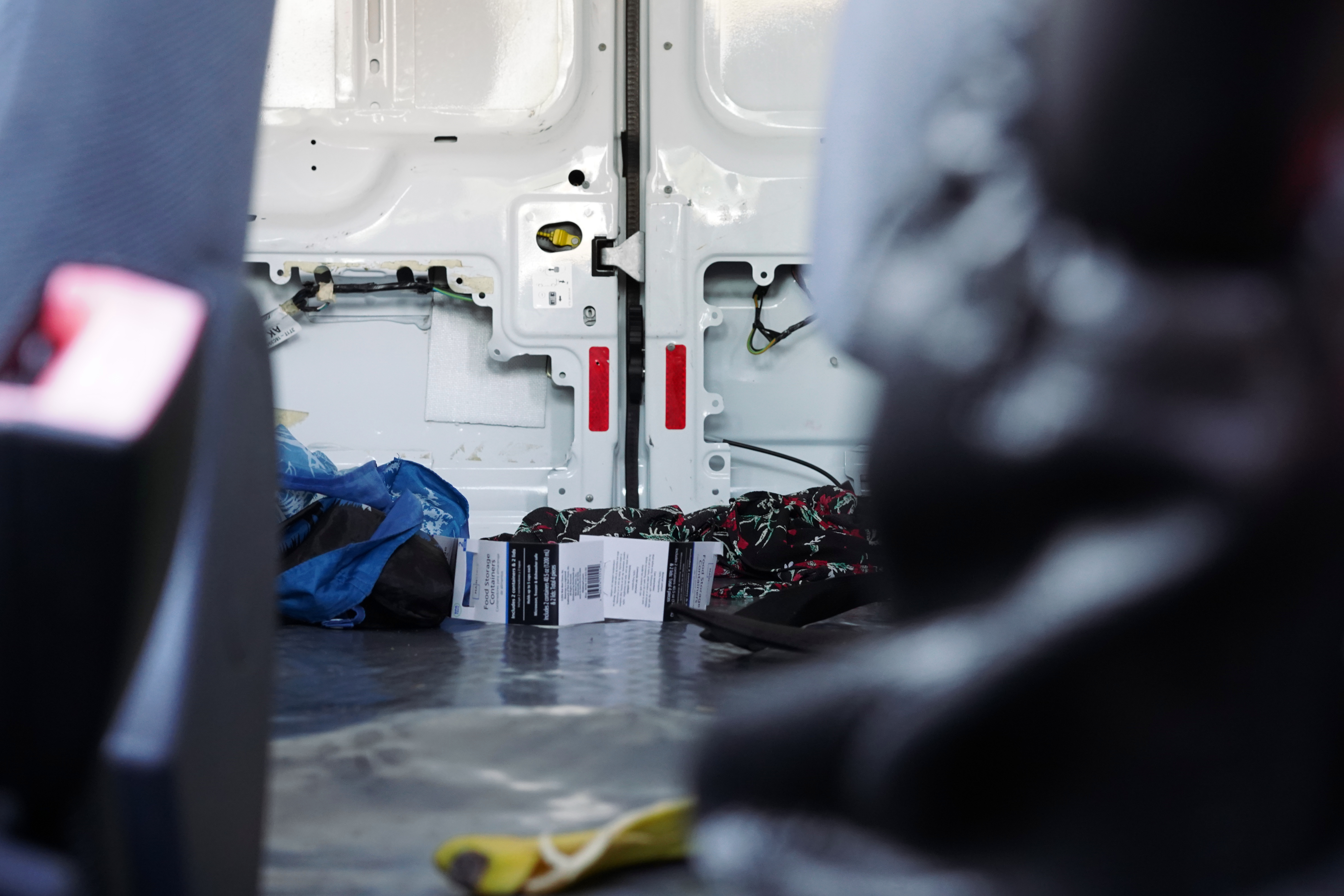
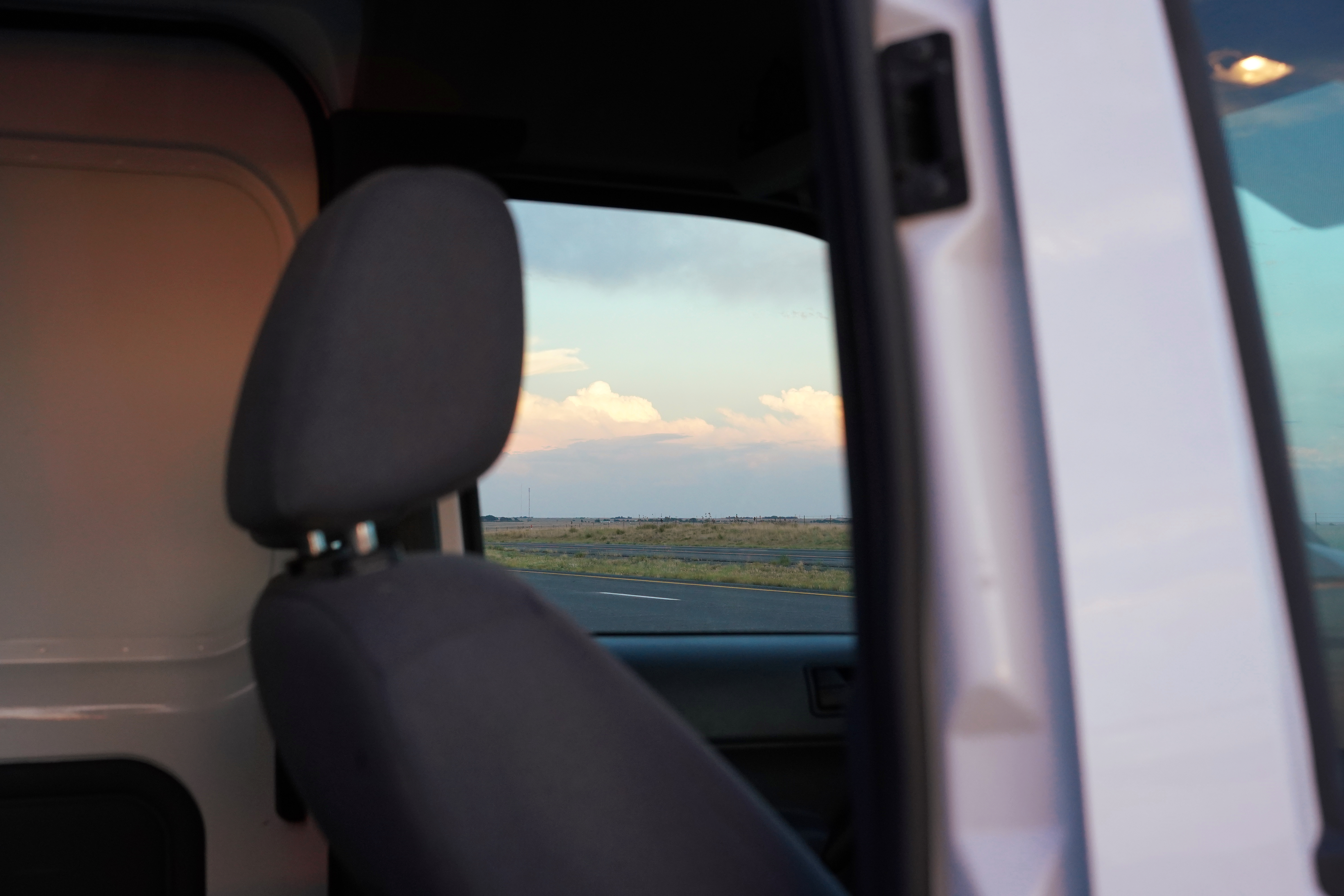
No, I did not express joy. I acted as if that weary waitress had just locked me in that shitty Denny’s bathroom. “That’s a lot,” I said, scrunching my nose. “But I’ll take it right now for $6,000.”
When I drove away in my new van, I had no idea which way home was. I decided to feel it out. As it turned out, I guessed correctly, which confirmed my conviction that everything in my life at that moment was absolutely right. I drove into a Texas flatland that reminded me equally of the two places I know best—expansive like Colorado, humid and overgrown like Pennsylvania. The land itself was rooting for me. For a couple hours, I was delighted.
